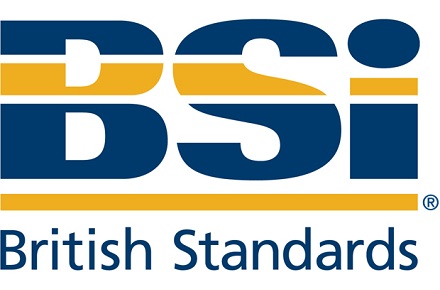
by theEHP | Jun 29, 2012 | British Standards, Guidance, Health & Safety, Health & Safety, Risk, Store
One way to reduce or avoid risks caused by machinery in a working environment, is to implement protective barriers or zones of reach. By putting these safety measures in place, workers will be out of reach of hazard zones, safeguarding their arms and legs. BS EN ISO 13857:2008 focuses on equipment safety and occupational safety by specifying safety distances to protect the upper and lower limbs of workers.

by theEHP | Jun 29, 2012 | British Standards, Guidance, Health & Safety, Health & Safety, Risk, Store
BS EN 953:1997 specifies the general requirements for the design and construction of both fixed and removable machine guards that protect persons from mechanical hazards. Focusing on the use of guards to minimise exposure to hazards and setting up protective barriers, this standard helps users to improve equipment safety.

by theEHP | Jun 29, 2012 | British Standards, Guidance, Health & Safety, Health & Safety, Risk, Store
PD 5304:2005 gives clear, practical guidelines to ensure a high standard of machinery and equipment safety. It looks at a range of health and safety requirements, ranging from the right selection of protective measures and safeguards, to hands-on examples of machine guard design and their applications.

by theEHP | Jun 12, 2012 | British Standards, Business, Environmental Protection, Food Safety, Guidance, Health & Safety, Public Health, Store
BS ISO 26000:2010 outlines international recommendations for social responsibility. It covers organisational governance, human rights, working practices, environmental policies, sustainable development and community involvement.

by theEHP | Jun 11, 2012 | British Standards, Business, Environmental Protection, Food Safety, Guidance, Health & Safety, Quality & Sampling, Risk, Store
The BS EN ISO 9000 family of standards is primarily concerned with “quality management”. Everyone may have a slightly different idea as to what “quality” is, but in the standard the definition refers to all those features of a product (or service) which are required by the customer.

by theEHP | Jun 11, 2012 | British Standards, Food Safety, Food Safety, Guidance, Health & Safety, Health & Safety, Public Health, Quality & Sampling, Risk, Store
This standard gives recommendations and guidance on the assessment of the risk of legionellosis presented by artificial water systems. It is applicable to any undertaking involving a work activity or premises controlled in connection with a trade, business or other undertaking where water is used or stored in circumstances that could cause a reasonably foreseeable risk of exposure to legionellae and contracting legionellosis.





